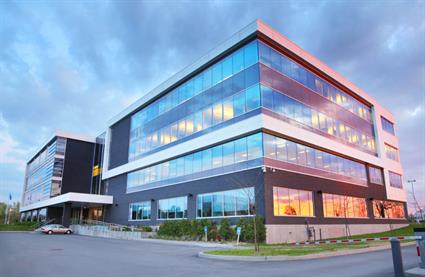When investing in property whether commercial or buy-to-let, it is crucial to understand what your objectives are. I have met so many property investors that have false expectations of what they can achieve in property based on the popularity of property TV shows.
Personally I use ROI or ‘return on investment’ as my first measure to assess and compare the everyday buy-to-let deals that I purchase for my own portfolio and that of my clients.
Commercial property, unlike straight forward buy-to-let, requires a greater level of understanding commensurate with the risk. In buy-to-let investing the risk factors include demand and the quality of the tenant – that also applies to commercial investing. Where they differ, in my opinion, is that if you create a good quality product in a reasonable area the buy-to-let tenants will come. Commercial investing also relies on the economic performance of an area; there is no commercial housing benefit that a shop owner can apply for.
The second factor is lending. Commercial lending is a completely different beast to either residential or buy-to-let lending. The focus is very much on the business unit and business viability as the critical value in any unit – the value of the lease.
But these are not the only differences. The chances are your investment strategy will also be different. For example, my investing strategy within buy-to-let is based on buy and hold, in the commercial strategy I want to buy, add value, and sell to increase my pension.
There are a great number of schemes that claim to use pensions, via SIPPs, with the blessing of HMRC. But this is the one time when I really felt that if it sounded too good to be true it possibly was and there was little point in bringing the wrath of HMRC into the picture.
I now lead a group of investors with their own self-managed pensions where we can collectively choose a series of investments that interest us – this enables us to spread the risk and diversify our own portfolios while still focusing on commercial property.
So what’s been the biggest lesson? Understand exactly what you are planning to do, know the risk, and understand the consequences. The best way to achieve that is;
- Take time doing your research on the specific opportunity. If someone is rushing you or you are rushing – just slow down – there are plenty of deals to be had
- Do you research on the people that you will be working with – your team – from the solicitor, to the IFA. What experience do they have?
- Do the maths. How much cash are you risking, what is your expected return, what are the costs (upfront and on-going)?
- What is the ‘what if’? Where is the variable in the deal? There will be one. This is the risk factor, know it and understand it properly.
When you are comfortable with the deal, the team, the maths and the risk then you can go ahead. A small deal may take two weeks but a larger one could take six to eight months. Take your time and commercial property will provide you with great opportunities.

